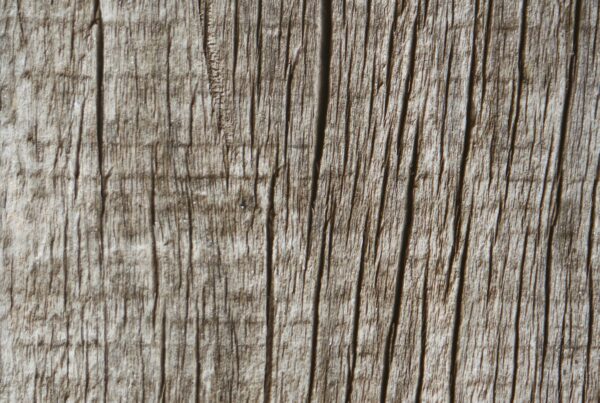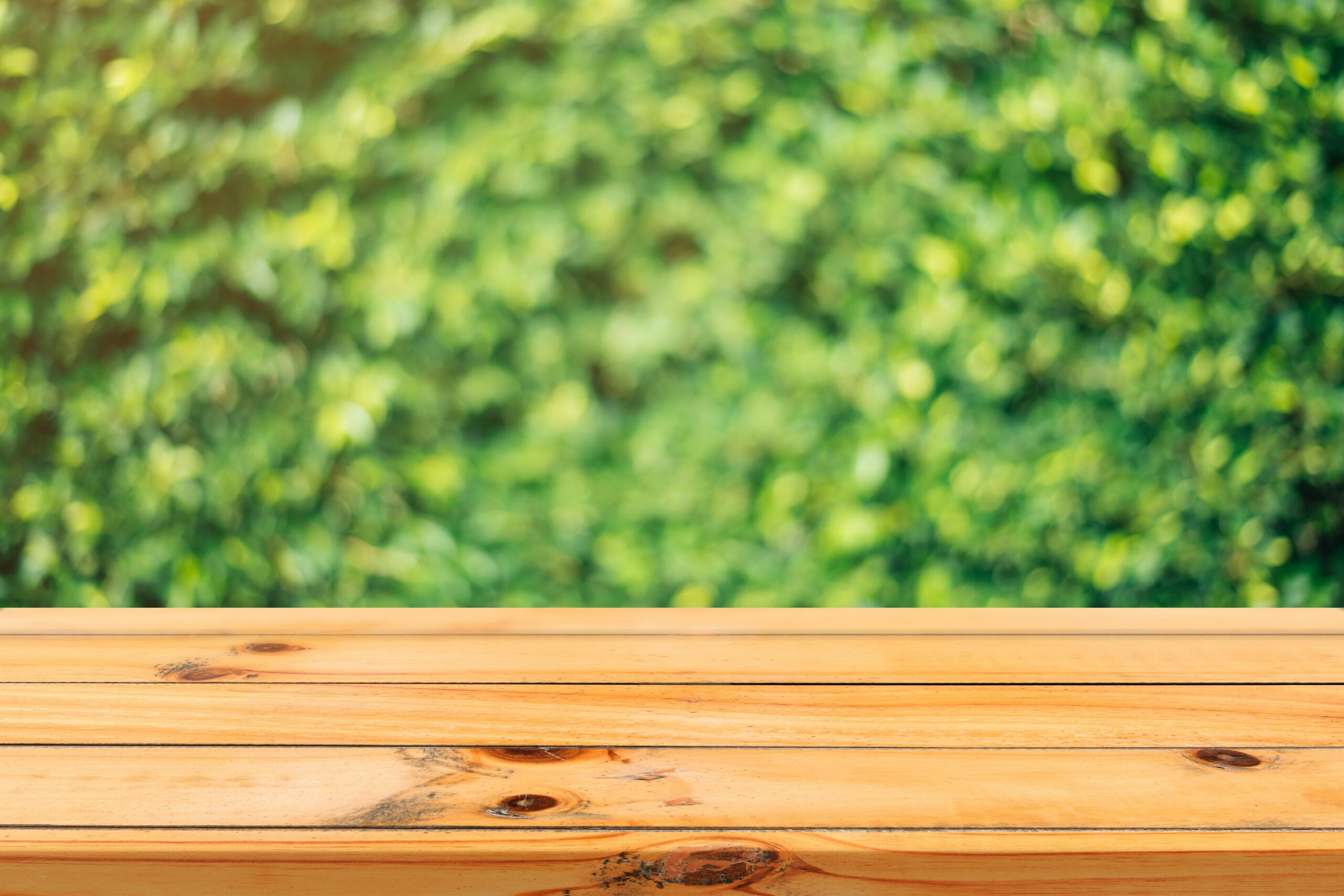When it comes to selecting materials for construction projects, the decision between Oriented Strand Board (OSB) and traditional plywood is crucial. Both materials have their unique advantages and applications. Here, we’ll compare OSB and traditional plywood to help you make an informed choice for your building needs.
What is OSB?
Oriented Strand Board (OSB) is an engineered wood product made from thin strands of wood that are arranged in cross-oriented layers and bonded with adhesives. This composition creates a strong, durable panel that is widely used in construction.
What is Traditional Plywood?
Traditional plywood consists of thin layers of wood veneer glued together with adjacent layers having their wood grain rotated up to 90 degrees to one another. This cross-graining process provides plywood with its strength and stability.
Comparison of OSB and Traditional Plywood
- Strength and Durability
- OSB: Known for its uniformity and strength, OSB performs exceptionally well in load-bearing applications. Its cross-oriented layers provide robustness, making it a popular choice for roofing, wall sheathing, and subflooring.
- Plywood: Traditional plywood also offers excellent strength and durability. Its cross-grain layers enhance its resistance to cracking, shrinkage, and warping, making it ideal for a variety of structural and non-structural applications.
- Cost
- OSB: Typically, OSB is more cost-effective than plywood. This affordability makes it a go-to option for budget-conscious projects without compromising on performance.
- Plywood: While often more expensive than OSB, plywood’s price is justified by its superior appearance and versatility. It is preferred for projects where aesthetics are a priority.
- Moisture Resistance
- OSB: OSB has a higher resistance to moisture compared to plywood. It swells less and retains its structural integrity better when exposed to water, though it should still be protected from prolonged exposure.
- Plywood: Plywood can be prone to delamination and warping when exposed to moisture over time. However, treated plywood offers enhanced resistance, suitable for applications in moist environments.
- Workability
- OSB: OSB is easy to cut, nail, and drill, though it may produce more splinters and rough edges compared to plywood. It requires care during handling to avoid damage.
- Plywood: Plywood is highly workable, offering smooth cuts and edges. It is easier to shape and finish, making it ideal for fine woodworking projects and detailed construction work.
- Environmental Impact
- OSB: Made from smaller, fast-growing trees, OSB is considered more environmentally friendly. It utilizes wood resources efficiently and produces less waste.
- Plywood: Traditional plywood production often requires larger trees and more energy-intensive processes. However, sustainably sourced plywood can mitigate environmental concerns.
Applications of OSB and Traditional Plywood
- OSB: Commonly used for roof decking, wall sheathing, subflooring, and other structural applications where cost and strength are key considerations.
- Plywood: Preferred for furniture, cabinetry, interior walls, and other projects where appearance and finish are important.
Conclusion
Choosing between OSB and traditional plywood depends on the specific requirements of your project. OSB offers cost-efficiency and moisture resistance, making it ideal for structural applications. Traditional plywood provides superior workability and aesthetic appeal, suited for detailed and visible work. At Sherwood Lumber, we provide both OSB and traditional plywood to meet the diverse needs of our customers. Our commitment to quality ensures that you receive the best materials for your construction projects.









